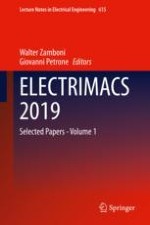2020 | OriginalPaper | Chapter
Blended Antilock Braking System Control Method for All-Wheel Drive Electric Sport Utility Vehicle
Authors : Andrei Aksjonov, Ph.D., Valery Vodovozov, Klaus Augsburg, Eduard Petlenkov
Published in: ELECTRIMACS 2019
Publisher: Springer International Publishing
Activate our intelligent search to find suitable subject content or patents.
Select sections of text to find matching patents with Artificial Intelligence. powered by
Select sections of text to find additional relevant content using AI-assisted search. powered by
